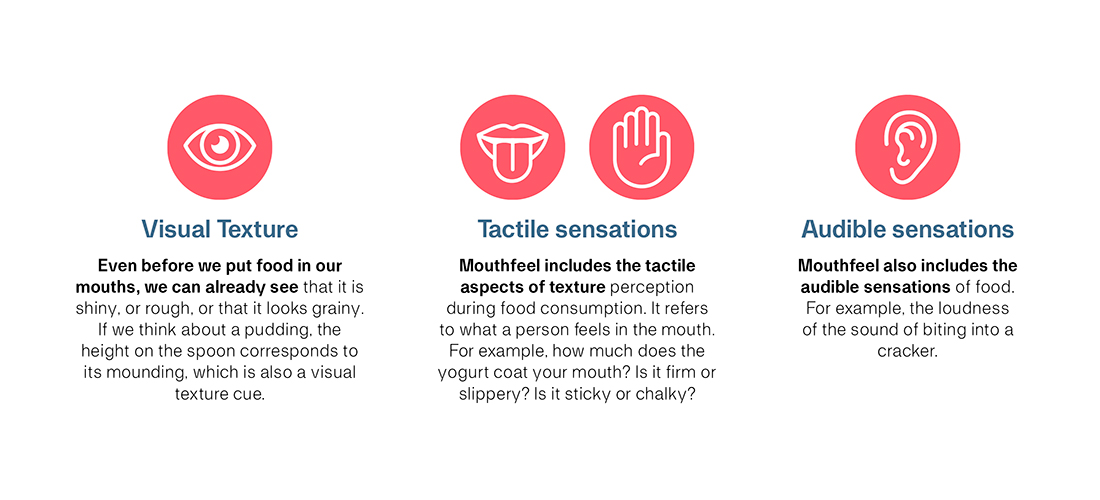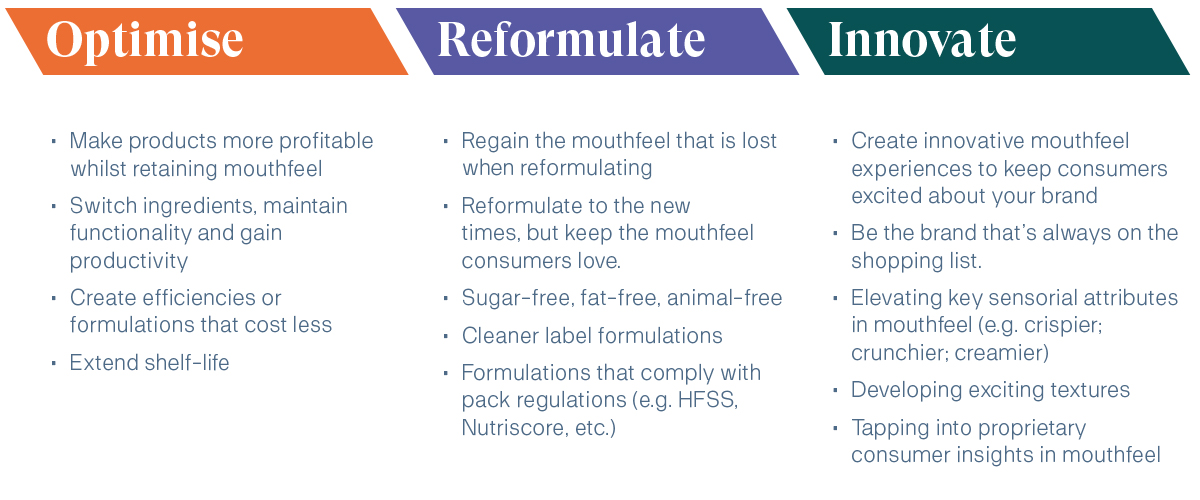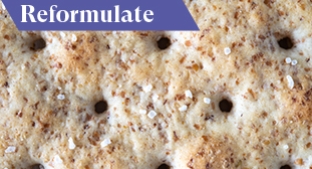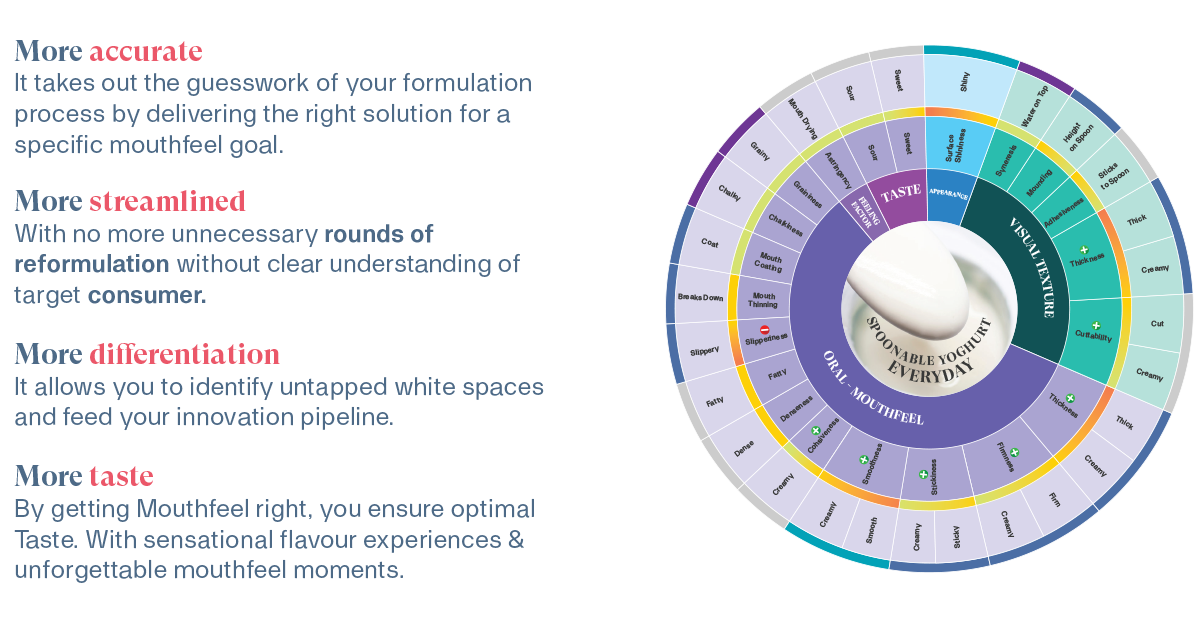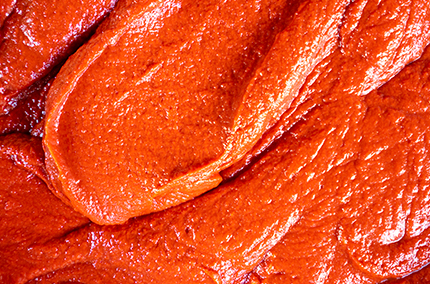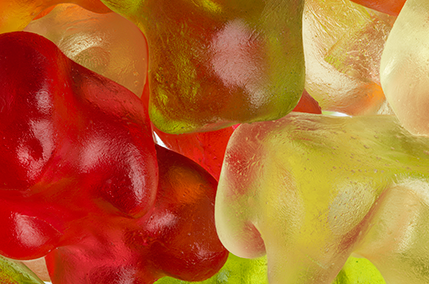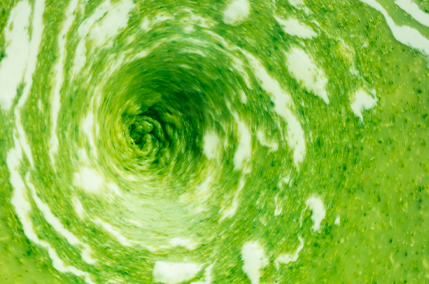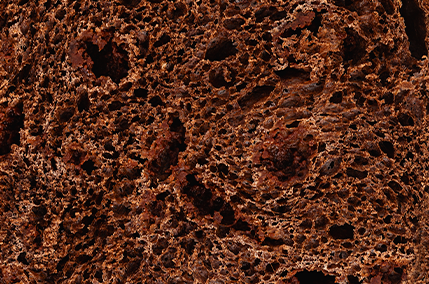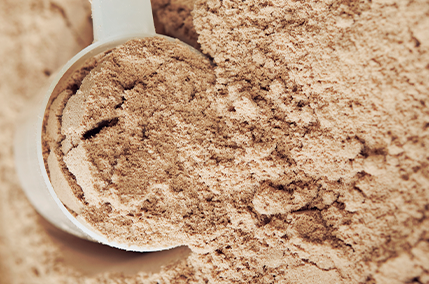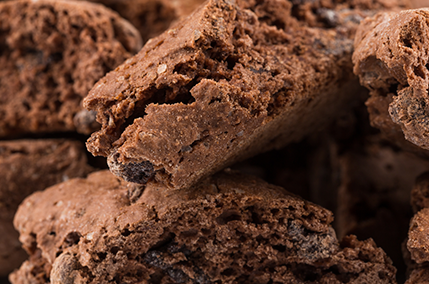Getting mouthfeel right in formulation can be a challenge - but one we've mastered. With a broad portfolio of ingredients and leading texture science, we have developed unique tools to deliver consumer-preferred mouthfeel experiences.
We all know that taste is the main reason we gravitate toward certain foods or drinks. But beyond flavour, mouthfeel plays a starring role in building taste. Mouthfeel is the texture and sensations you experience when consuming food and beverages. This includes how food looks, tastes, sounds and feels in your mouth
It is one key reason we either accept or reject what we eat. In summary, mouthfeel , alongside flavour, creates the full experience of eating, impacting not just how food tastes, but how it feels in our mouths – critical factors for keeping consumers happy.
Texture and Mouthfeel are critical to consumer liking. No matter the challenge you have in getting them right in formulation, we have a solution. From reducing costs while keeping the texture consumers love, reformulating into cleaner or healthier versions without sacrificing the mouthfeel, or innovating new exciting textural experiences- we’re ready to help.
We have the expertise
We have specialised in mouthfeel and texture science for many years and our team of experts are ready to propose the right solutions to meet your challenges.
View our case studies
View our case studies
...mouthfeel experiences made quicker, easier and tastier.
Tate & Lyle Sensation™ is an innovative tool for mouthfeel formulation that helps you create superior product experiences in a quicker and easier way.
Explore our ingredients used in Mouthfeel Solutions
We’ve spent decades building a vast portfolio of more than 250 speciality starches. Our starches can help you create cakes that don’t crumble, frozen meals that are freeze-thaw stable, and yoghurts with a rich, indulgent texture. We can also help you choose the right food starches to extend shelf life, improve tolerance during processing, or even avoid a cooking step.
Discover some of our mouthfeel solutions
Thickeners are used to increase the viscosity of foods in the liquid state. Thickeners are widely used in dairy applications, puddings, dessert fillings, soups, sauces, dressings, and bakery mixes.
Our thickener portfolio comprised of corn, tapioca and potato starches make foods like sauces, yoghurts and bakery fillings creamy, thick and smooth as a result of swelling of the starch particles (or granules).
Tate & Lyle's thickening starches:
CLARIA® Functional Clean Label Starch
Emulsifiers are used to prevent oil separation from the water phase in foods. They are also used in conjunction with other encapsulation ingredients to form solid powders with embedded micro-encapsulated oils. Emulsifiers are used in beverage emulsions to stabilise flavour oils, and are used in food flavour systems for encapsulation of flavours and other volatile compounds into powders.
Starch emulsifiers have hydrophobic ends which impart their emulsifying functionality; our range of emulsifying products offers varied viscosity levels.
Tate & Lyle's emulsifying starches: :
Emulsifiers are used to prevent oil separation from the water phase in foods. They are also used in conjunction with other encapsulation ingredients to form solid powders with embedded micro-encapsulated oils. Emulsifiers are used in beverage emulsions to stabilise flavour oils, and are used in food flavour systems for encapsulation of flavours and other volatile compounds into powders.
Starch emulsifiers have hydrophobic ends which impart their emulsifying functionality; our range of emulsifying products offers varied viscosity levels.
Tate & Lyle's emulsifying starches:
Film formers are used to coat food substrates, and subsequently thicken or solidify to form a glassy or rubbery film. The film forming process typically involves a drying or baking operation to remove moisture from the film and trigger the solidification process. Film forming materials are used in confectionery coatings, fried potato coatings, bakery coatings and snack coatings. Film forming materials are also used to improve dough formation for snacks and bakery items.
Starch and dextrin film formers for sweets, potato coatings, bakery coatings, and snack coatings are designed to be low in viscosity and have stable viscosity during coating processes. During drying or baking operations, they undergo a transition from a liquid state to a glassy or rubbery state. These coatings provide gloss in confections, bakery, and snack coatings while providing crispiness in potato coatings.
Starch film formers used in dough are higher in viscosity and are designed to hydrate rapidly in low moisture recipes, forming continuous starch network in which other bulking materials such as flour and potato flakes are embedded. This starch phase typically reduces the dough firmness while maintaining elasticity which in turn allows greater expansion of the dough during baking and results in increased crispiness of the baked product.
Tate & Lyle's film forming starches:
Functional powders are applied topically to foods to deliver flavours, spices, and sweeteners; they are also used to modify surface appearance. Functional powder coatings must have good flow properties when they are applied, adhere to the food substrate, achieve uniform coverage, and avoid excessive dusting. They are used widely on snack products, cereals, and confections.
Starch powder surface properties are tailored to improve adhesion, enable non-dusting, free-flowing properties and to make them suitable as moulding materials for sweets.
Tate & Lyle's functional powders:
In many foods, texturants are used to increase the energy density of the food by increasing the carbohydrate solids. Bulking materials are critical to deliver textural attribute such a firmness and denseness in low moisture foods including cereals, bakery items, and snacks. Bulking materials are also used as carriers and diluents in spices and powder mixes and as powder coatings for meat prior to frying.
Starch bulking materials are typically native starches, varying in moisture content and microbial specifications for use in a range of applications.
Tate & Lyle's bulking materials:
Tate & Lyle’s line of CLARIA® Functional Clean-Label Starches empowers manufacturers to meet increased consumer demand for cleaner labels enabling formulations with similar functionality to a modified food starch.
Our starches have a role in crumb structure development, suspending fruit solids in fillings or particulates in batters, controlling cookie spread during baking, and developing the right texture of cookies and biscuits. Texturants maintain moisture and extend shelf life of cakes, muffins and pastries and are essential in developing gluten free baked goods.
Our starches can be used to stabilise flavour and cloud emulsions for carbonated and non-carbonated beverages, contributing low viscosity at high solids levels, replacing or extending gum Arabic, and adding mouthfeel to low-fat dairy beverages.
Starches can help provide a wide variety of textures, ranging from soft fruit snacks to chewy sweets. Processing benefits include decreased stickiness in jelly type candy, reduced hot viscosity to facilitate cooking and ease of depositing, as well as quick setting to reduce curing time.
Our starches provide creamy texture, uniform viscosity, and improved mouthfeel for low or non-fat dairy products. They can also be used for gelatin replacement, emulsion stabilisation, water binding and structure development in a variety of dairy-based foods.
Our starches can influence dough rheology as well as improve machinability, texture and appearance of finished products. Texturants allow different levels of dough expansion, developing crunchy to crispy textures in crackers, coated peanuts and extruded breakfast cereals.
Starches develop viscosity and a set texture in your mayonnaise, dressings, and dips, extend pulp in your soups and play a critical role in maintaining the integrity of products through processing and stability during shelf life. Texturants also suspend particulates in sauces and enhance creaminess in low-fat versions of customer favourites.
Texture University™
Texture University™ is an online curriculum, delivered via webinar, focusing on the many challenges that food manufacturers can face when undertaking texture science.
Mouthfeel on demand webinars
Downloads
Tate & Lyle Sensation™ is available in selected geographies. Please contact our team to check if it is available in your region.




